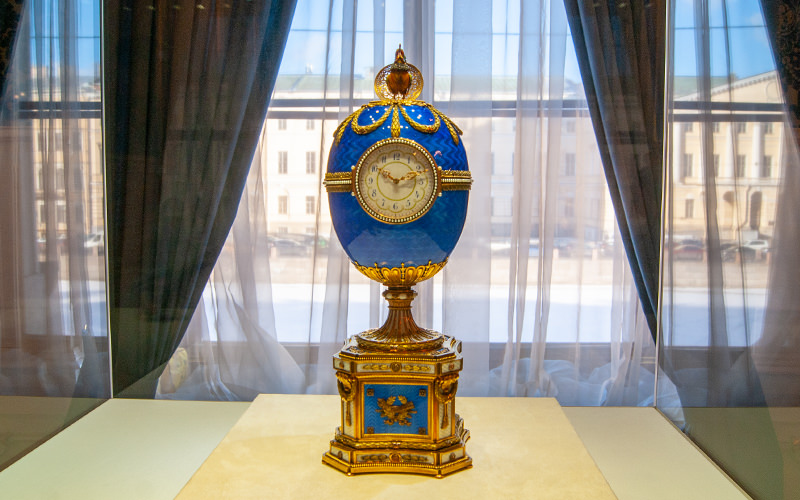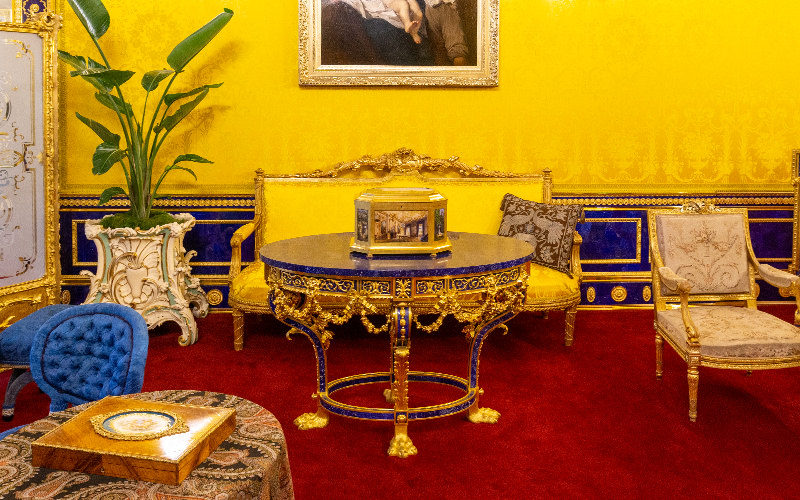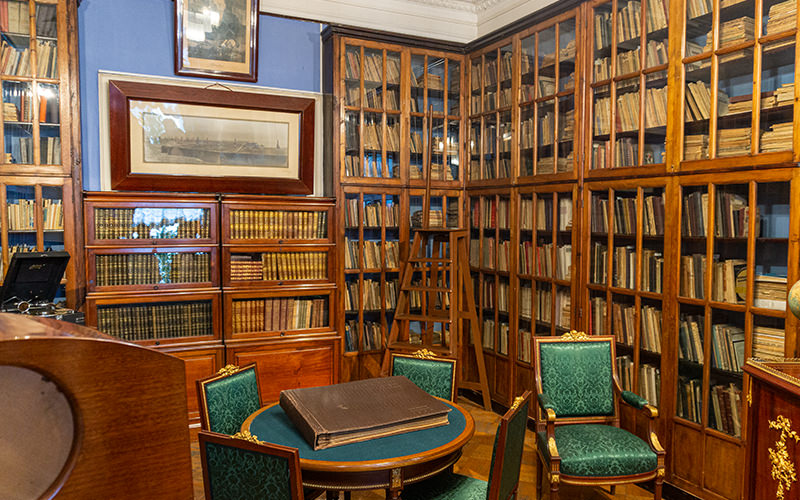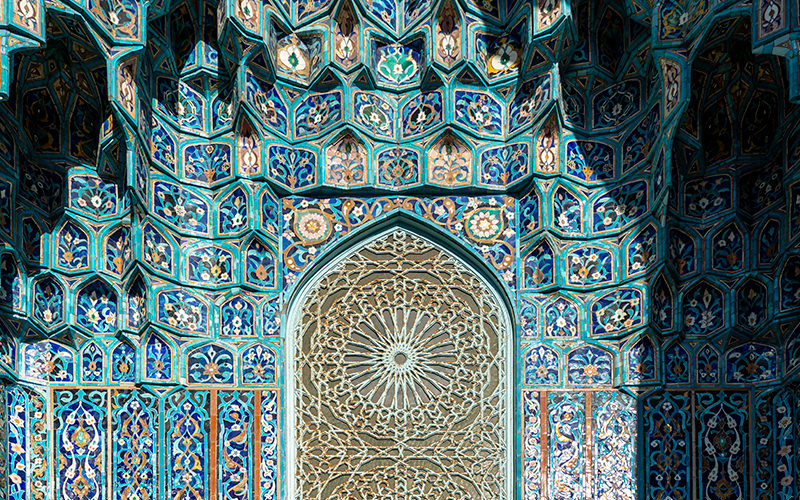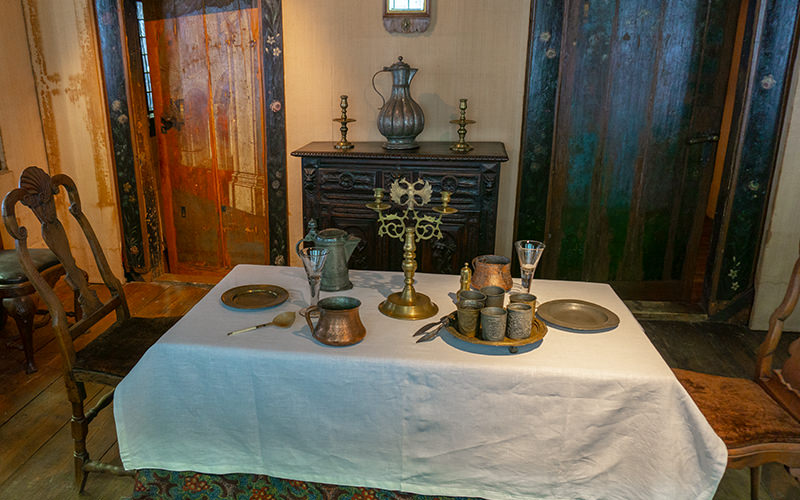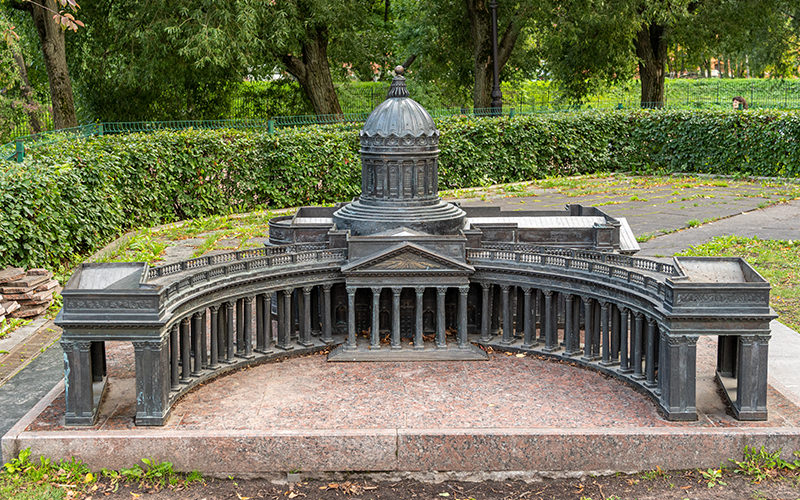Since the release of the film "Matilda" by director Alexei Uchitel in 2017, the story of the relationship between Emperor Nicholas II and the prima ballerina of the Mariinsky Theater, Matilda Kshesinskaya, is likely known even to those far removed from historical studies. However, today we won't delve into the moral and ethical qualities of the participants in these events; instead, we will explore the halls of Kshesinskaya's mansion, which now houses the State Museum of Political History of Russia.
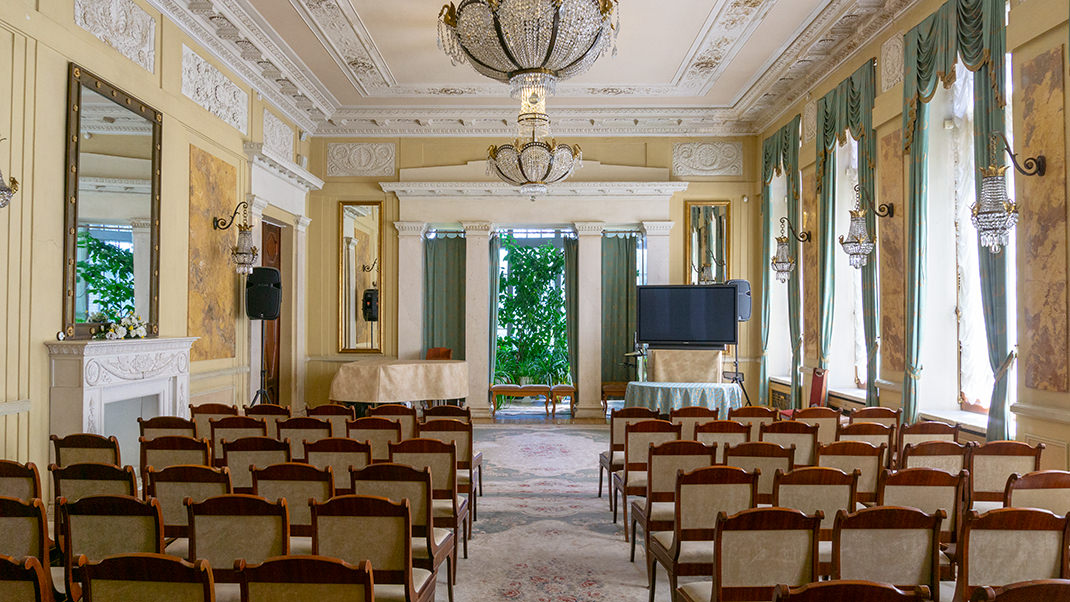
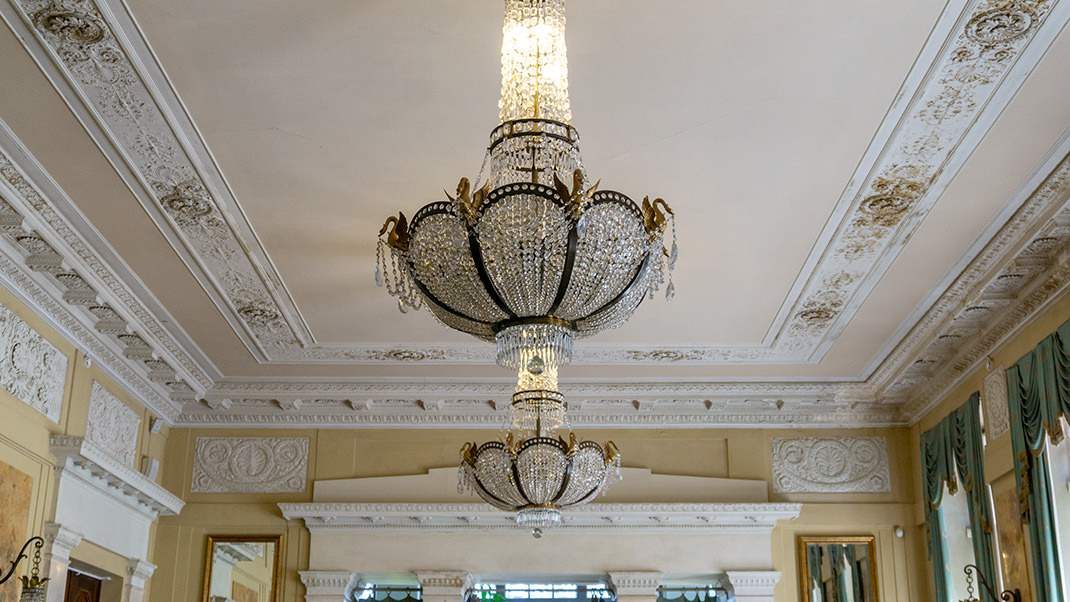
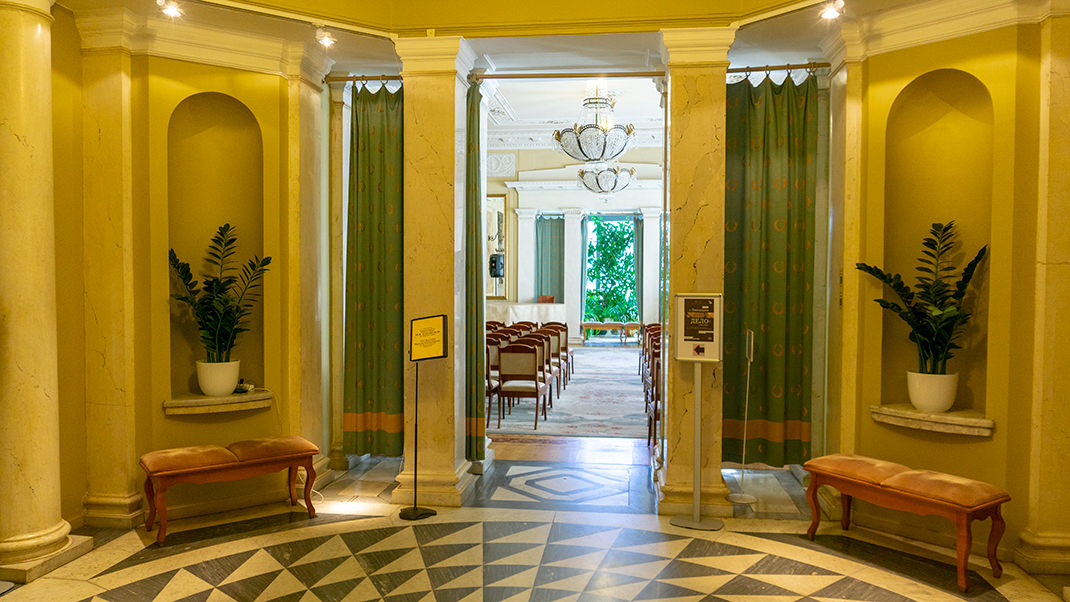
How to Get There
The mansion is conveniently located near the “Gorkovskaya” metro station, about a five-minute walk from it. The address is 2-4 Kuybyshev Street. The museum currently offers a wide range of diverse tours. You can learn about the history of the house, take a general tour of the museum, or explore more about the 1917 revolution. After each tour, you can freely explore all the halls, delving into the exhibitions in more detail.
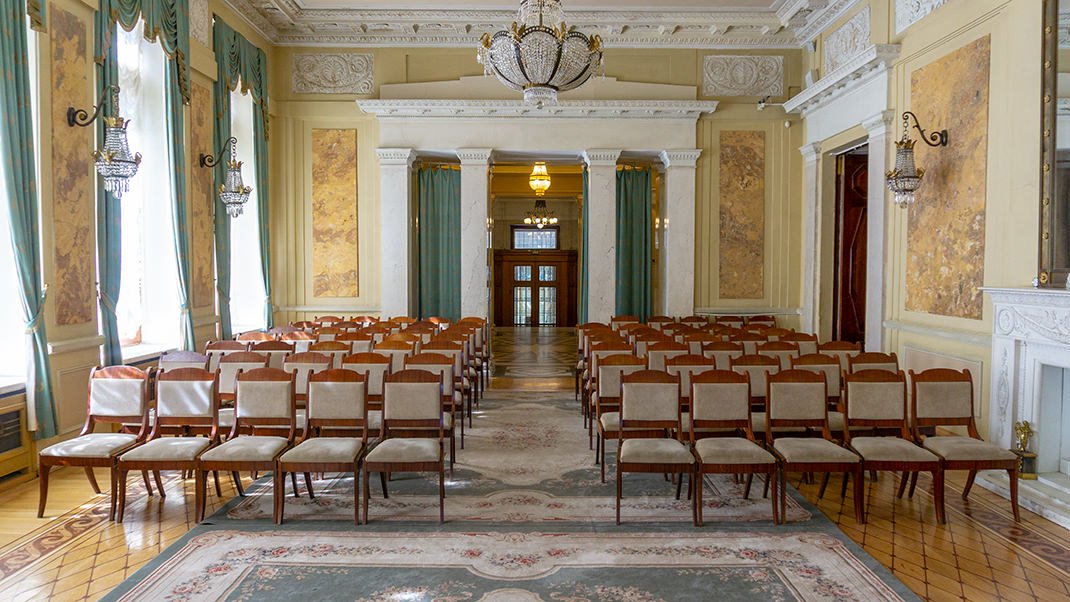
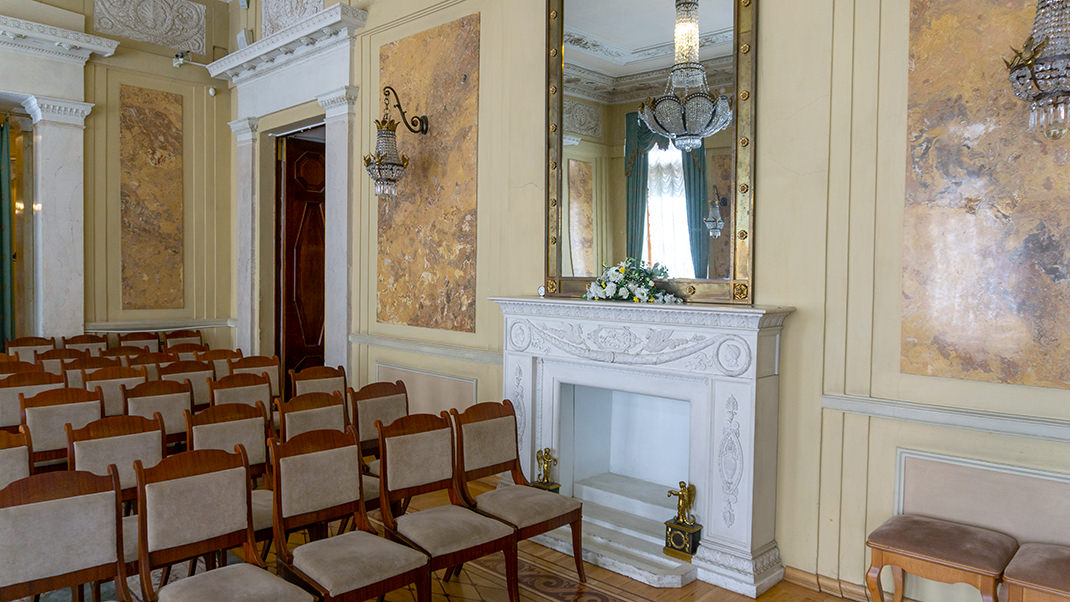
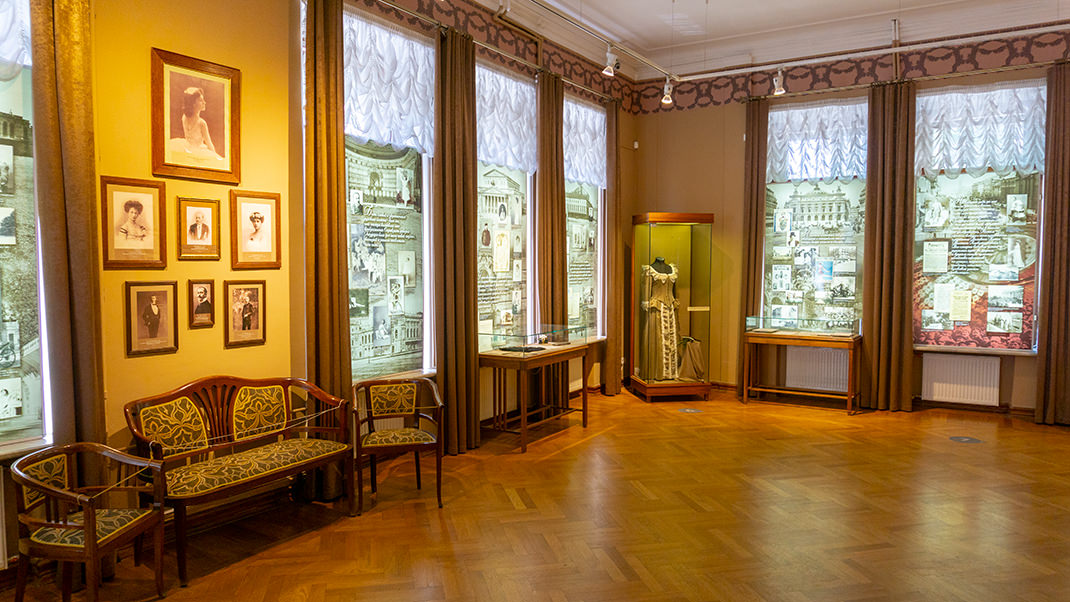
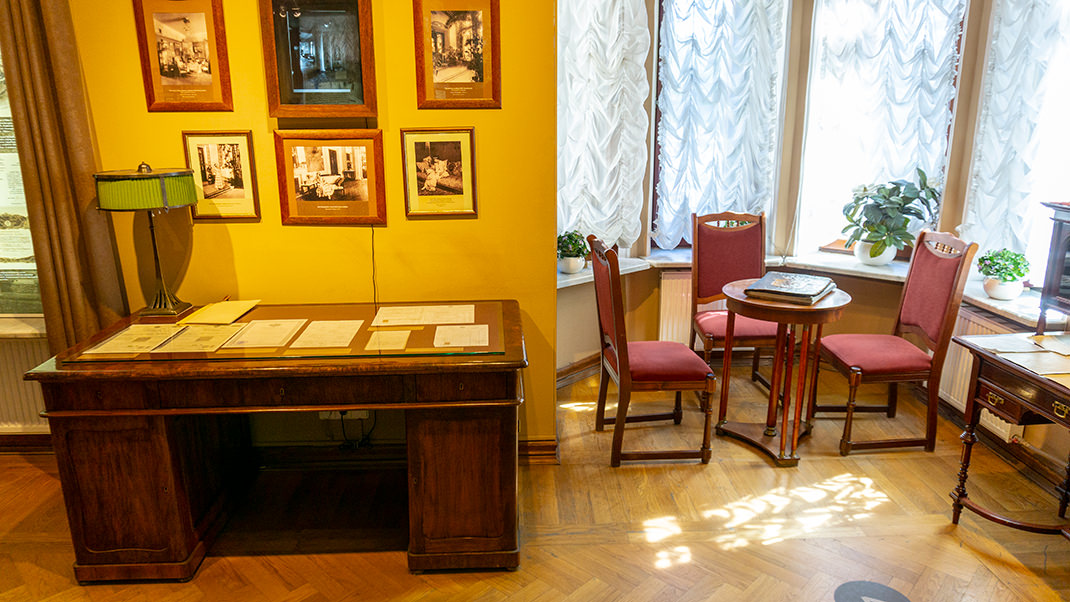
As of 2019, the price for an adult ticket to the museum (without concessions) was 250 rubles. If you decide to visit the museum with a guided tour, it will cost 300 rubles. It is advisable to book in advance for guided tours.
Tour of the Museum and the Ceremonial Halls of the Mansion
Today, the Museum of Political History includes not only Kshesinskaya’s mansion but also the adjacent house of entrepreneur Vasily Emmanuilovich Brant. These buildings were combined into a single complex between 1955 and 1957. The idea of creating an exhibition originated much earlier, during the First Russian Revolution. The official predecessor of the Museum of Political History, the State Museum of the Revolution, was opened in the halls of the Winter Palace on January 11, 1920.
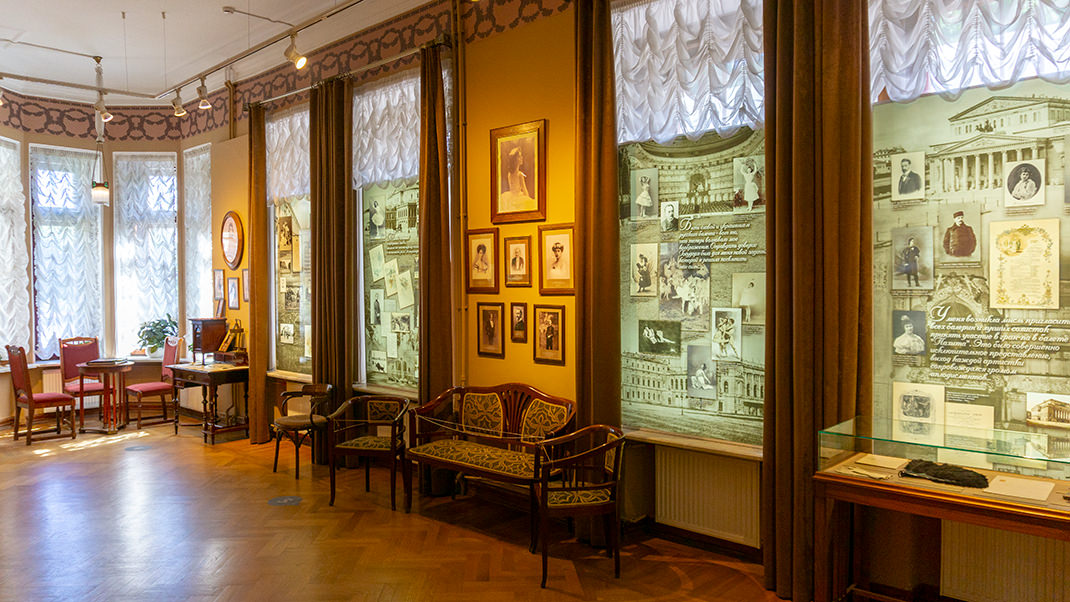
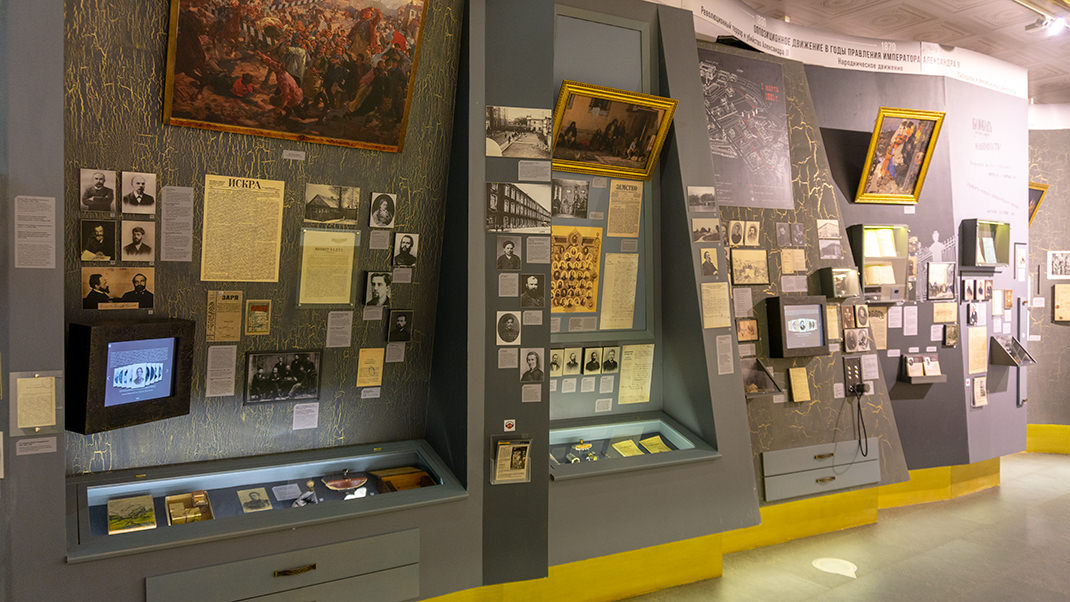
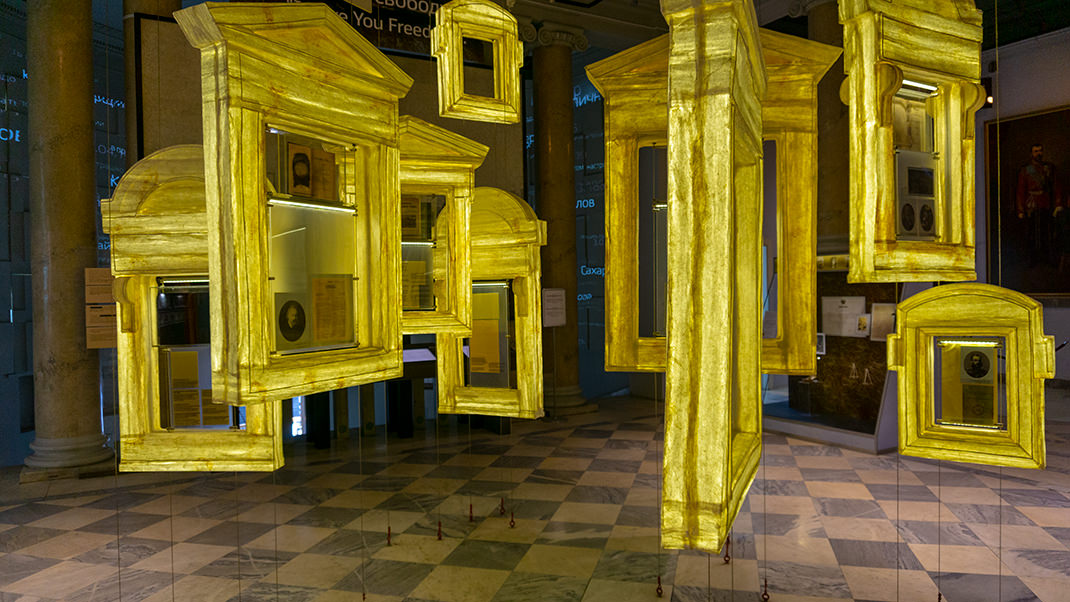
Returning to Kshesinskaya’s mansion, after the 1917 revolution, it housed various state institutions, and in 1954, the State Museum of the Great October Socialist Revolution moved here.
The current name—State Museum of Political History of Russia—was adopted in 1991. Today, its collection consists of approximately 500,000 diverse exhibits from different eras, including documents, posters, books, photographs, and other relics.
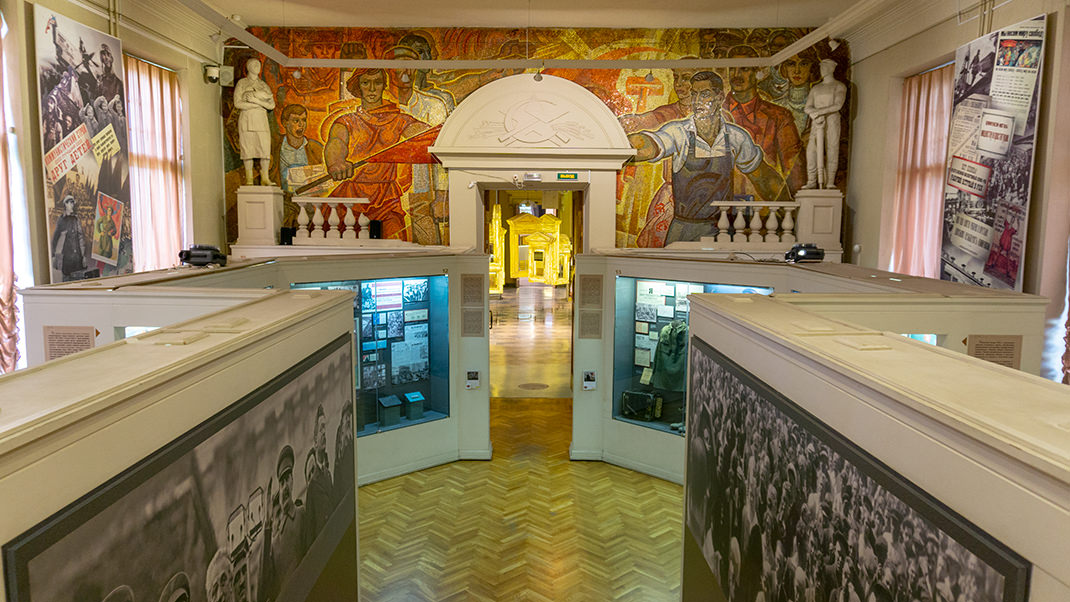
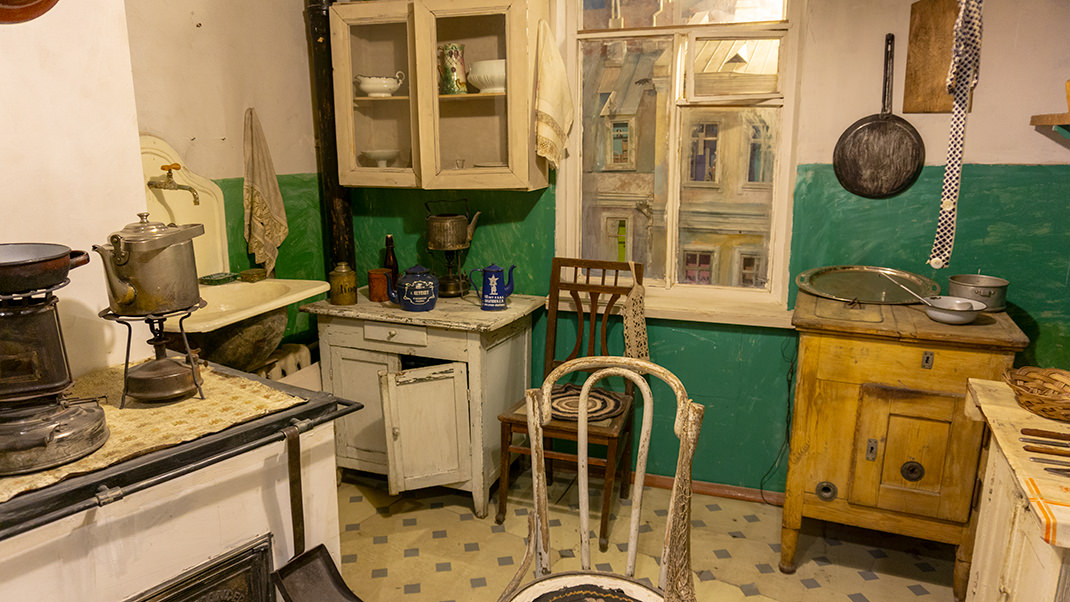
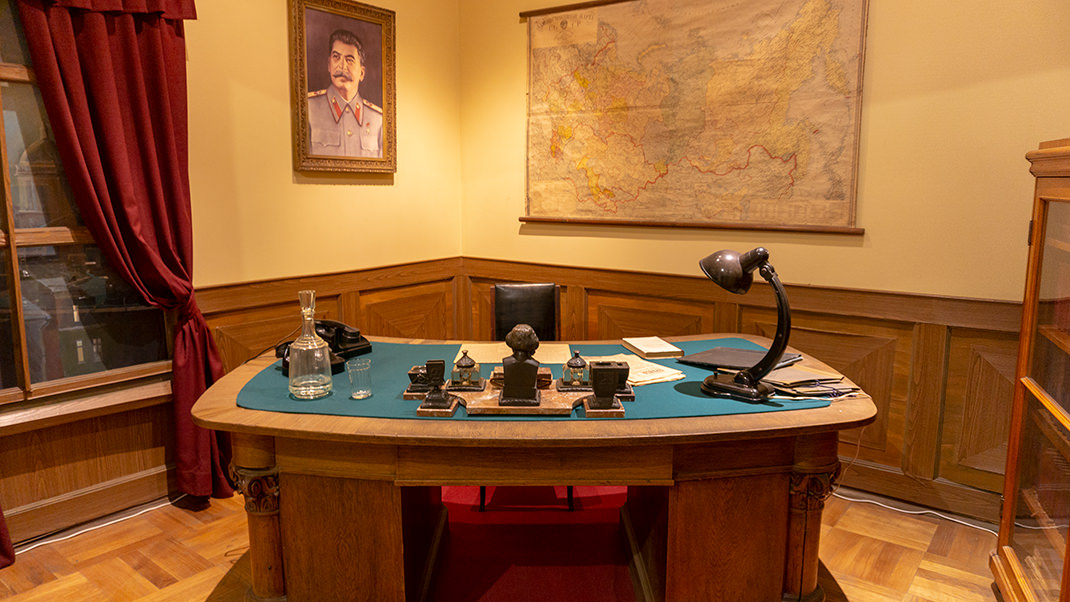
Notably, the first exhibit is a counterfeit 500-ruble banknote from the State Bank of the Russian Empire. An artist, while forging the banknote for the Bolshevik leadership, made a mistake when writing its number. As a joke, it was decided to preserve the note for the future museum. It was placed in a bottle and buried at a conspiratorial dacha, and several years later, a participant in these events found the rarity and donated it to the museum.
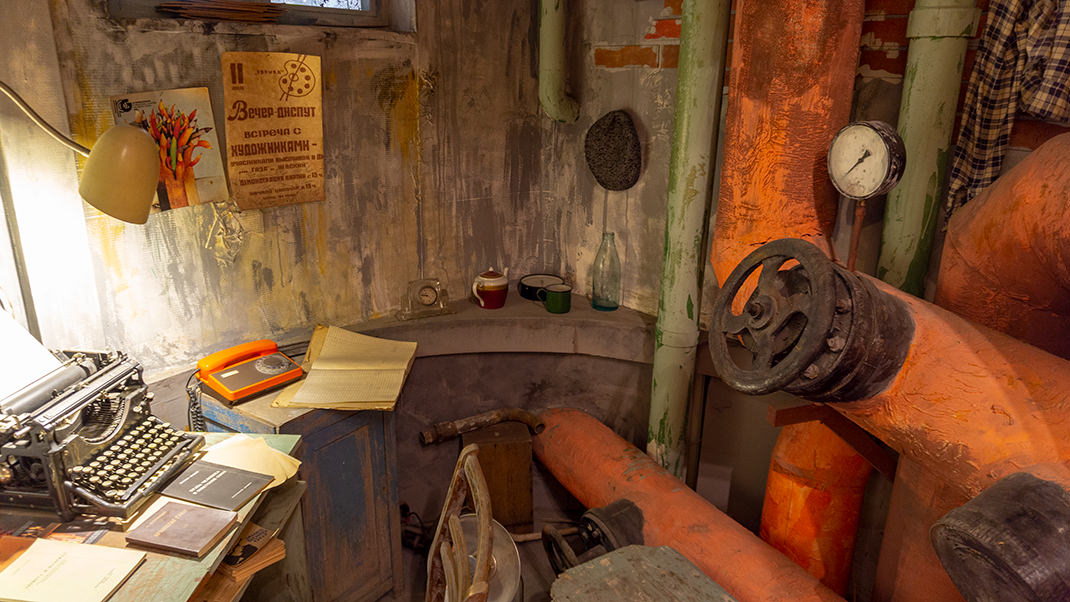
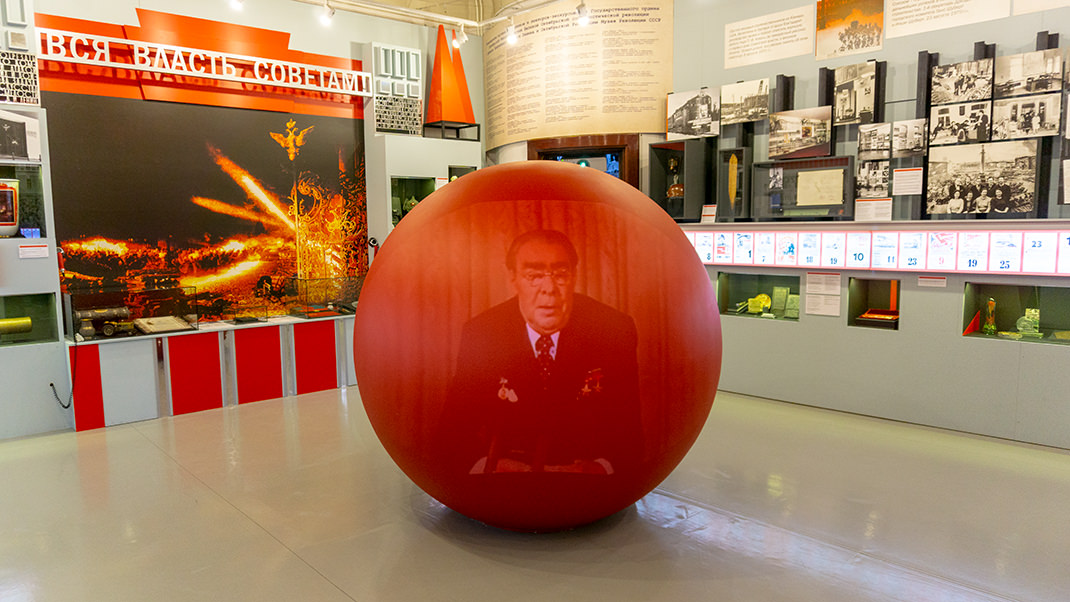
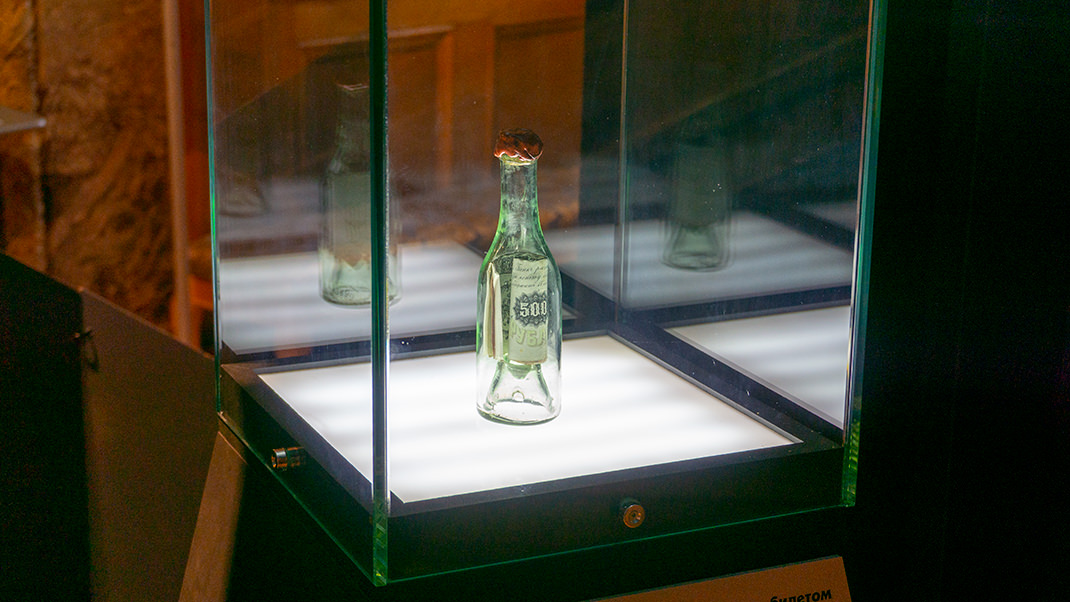
I didn't count how many exhibition halls the museum has, but there are many, and even a quick tour can take a couple of hours. Additionally, today there are two branches of the museum in St. Petersburg: the exhibition "The History of Political Police and State Security Agencies in Russia: 19th-20th Centuries" and the Children's Museum Center for Historical Education.
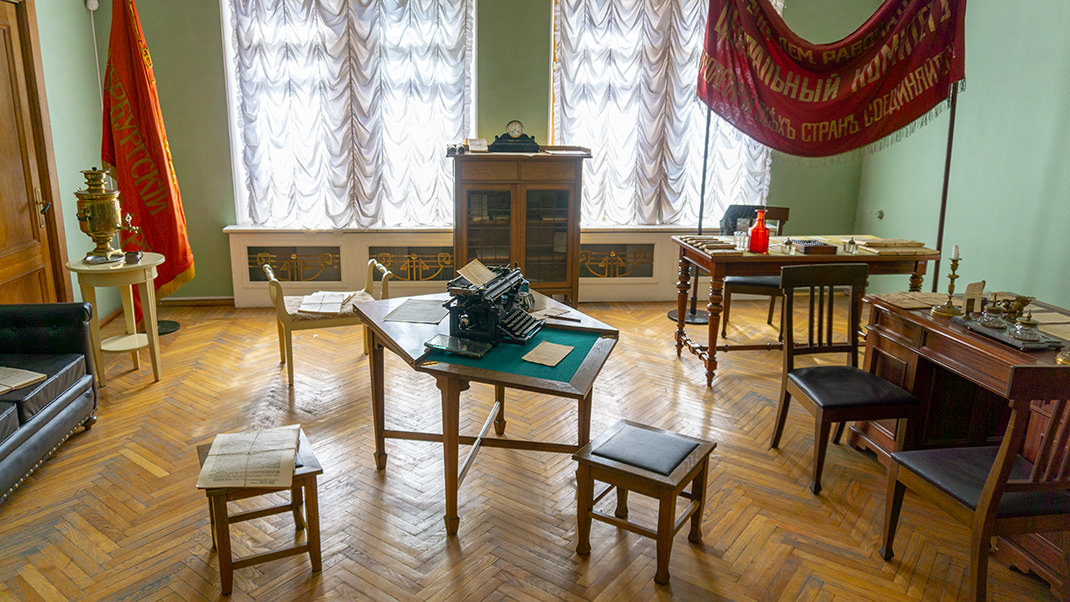
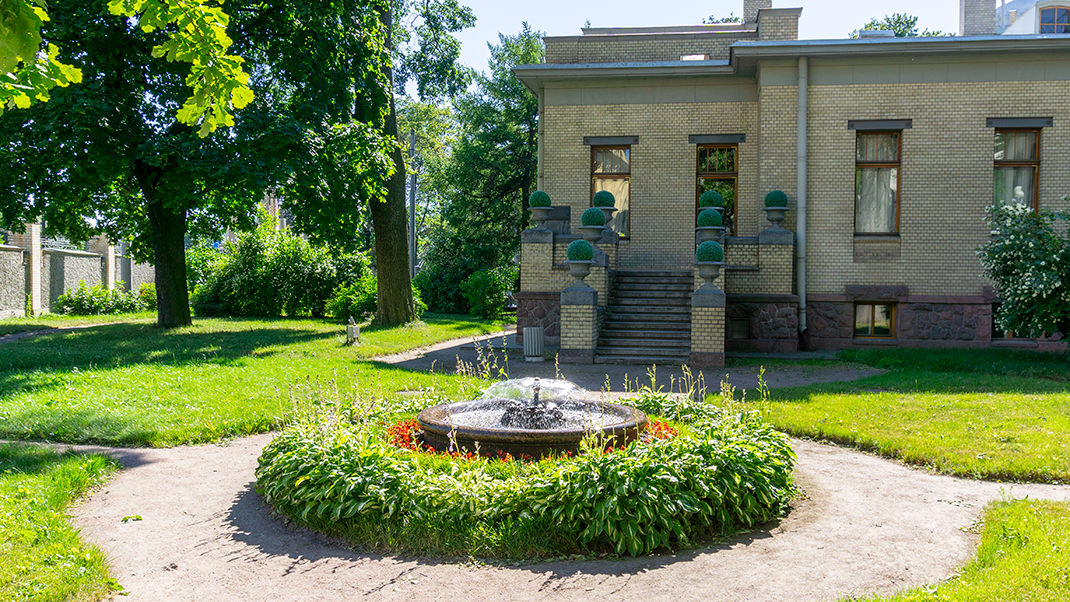

In summary:
- A wide selection of tour programs available,
- Option to visit the museum independently or with a guide,
- Conveniently located in the city center.


